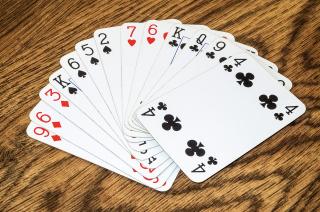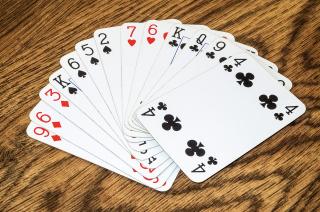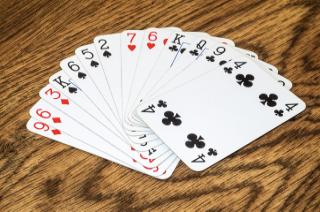“Do we hafta learn yet another obscure bidding convention?” people ask. No, but knowledge is power, and some of these bidding tools can help you.
Bridge column
June 10, 2021
Paul Laliberte
Consider the following hand, with South dealing and both sides vulnerable:
June 14, 2021
Jim Kaplan
Here’s a suggested summer read: Barbara’s Bridge Tips by Barbara Seagram (Master Point Press).
June 22, 2021
Jim Kaplan
Let’s face it: the least desirable game contract is five of a minor.
2024
September 9, 2024
Not every truism is always true, especially in bridge.
September 3, 2024
Don’t push your opponents into a makeable contract they might otherwise not have bid.
August 27, 2024
Here’s a challenging bidding term you may not have heard before.
August 19, 2024
A quick review: “Unblocking is the process of playing a higher card to establish enough entries to make the necessary tricks. It sometimes can involve playing a high card in one hand so tricks can be taken in the other hand.” — Google
August 12, 2024
Just try to explain the concept of unblocking to a football player. Lots of luck!






